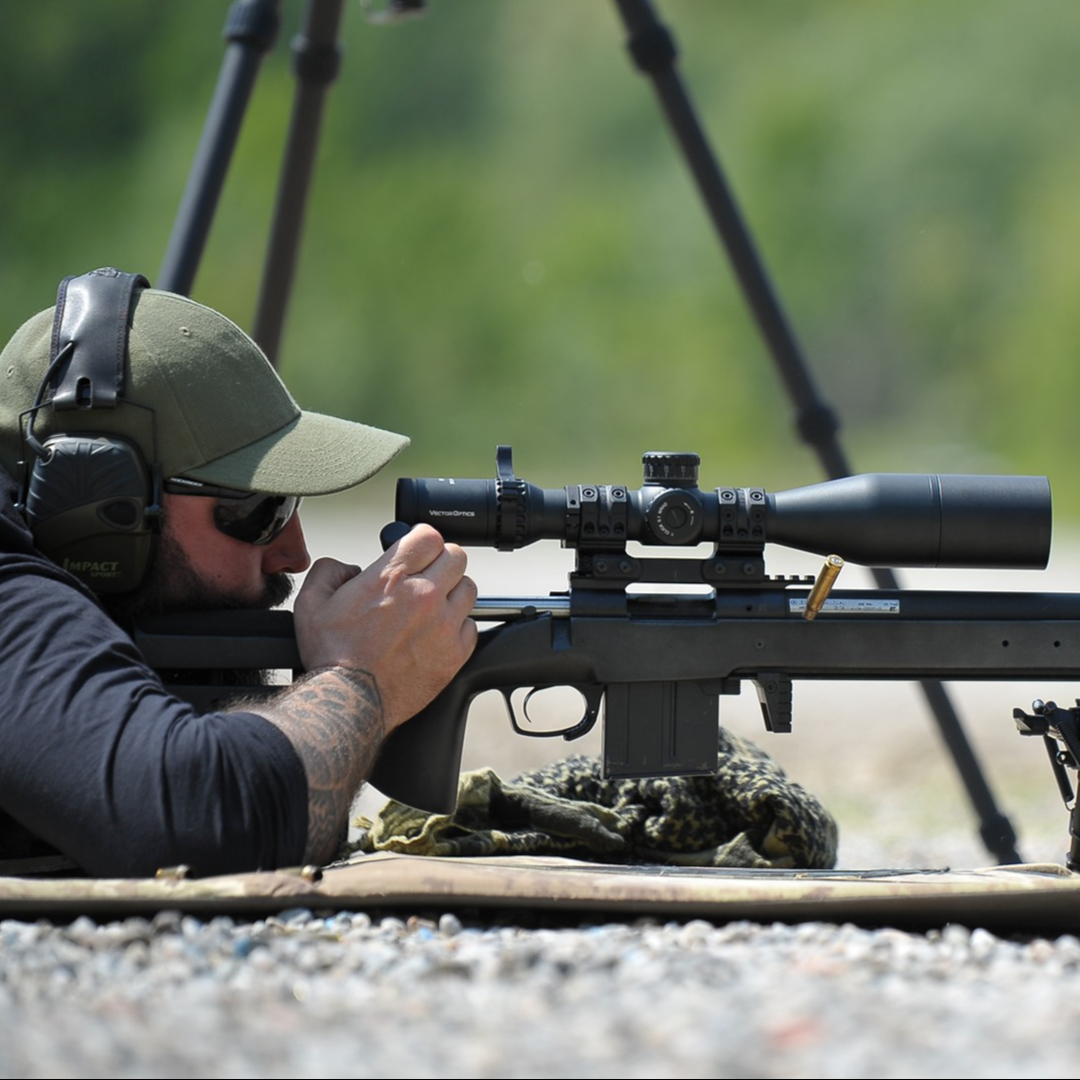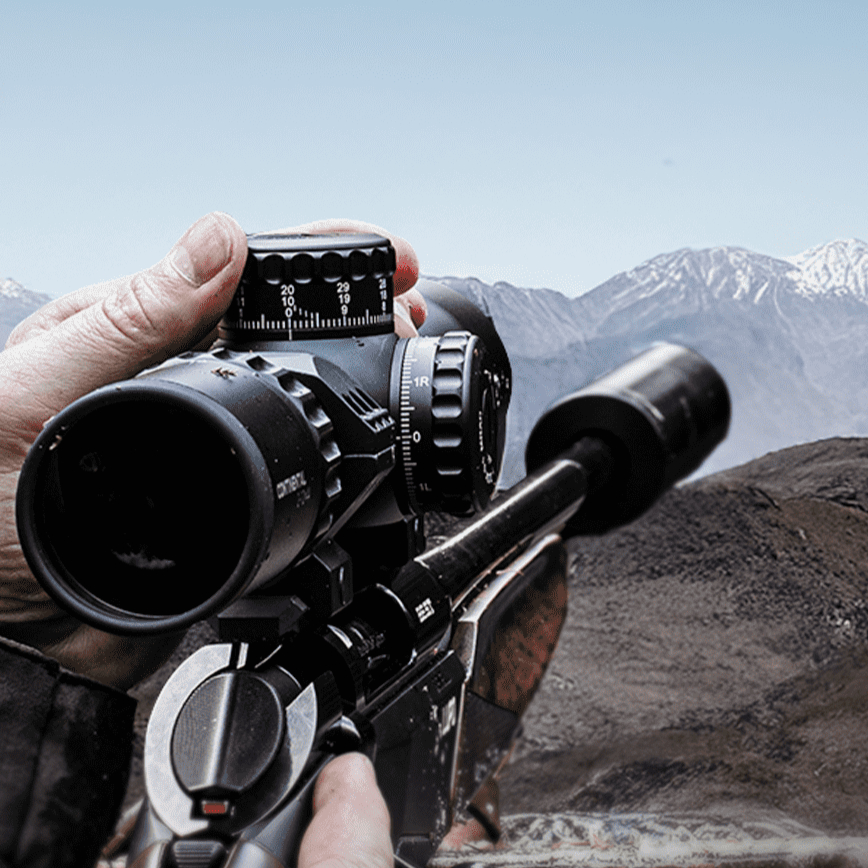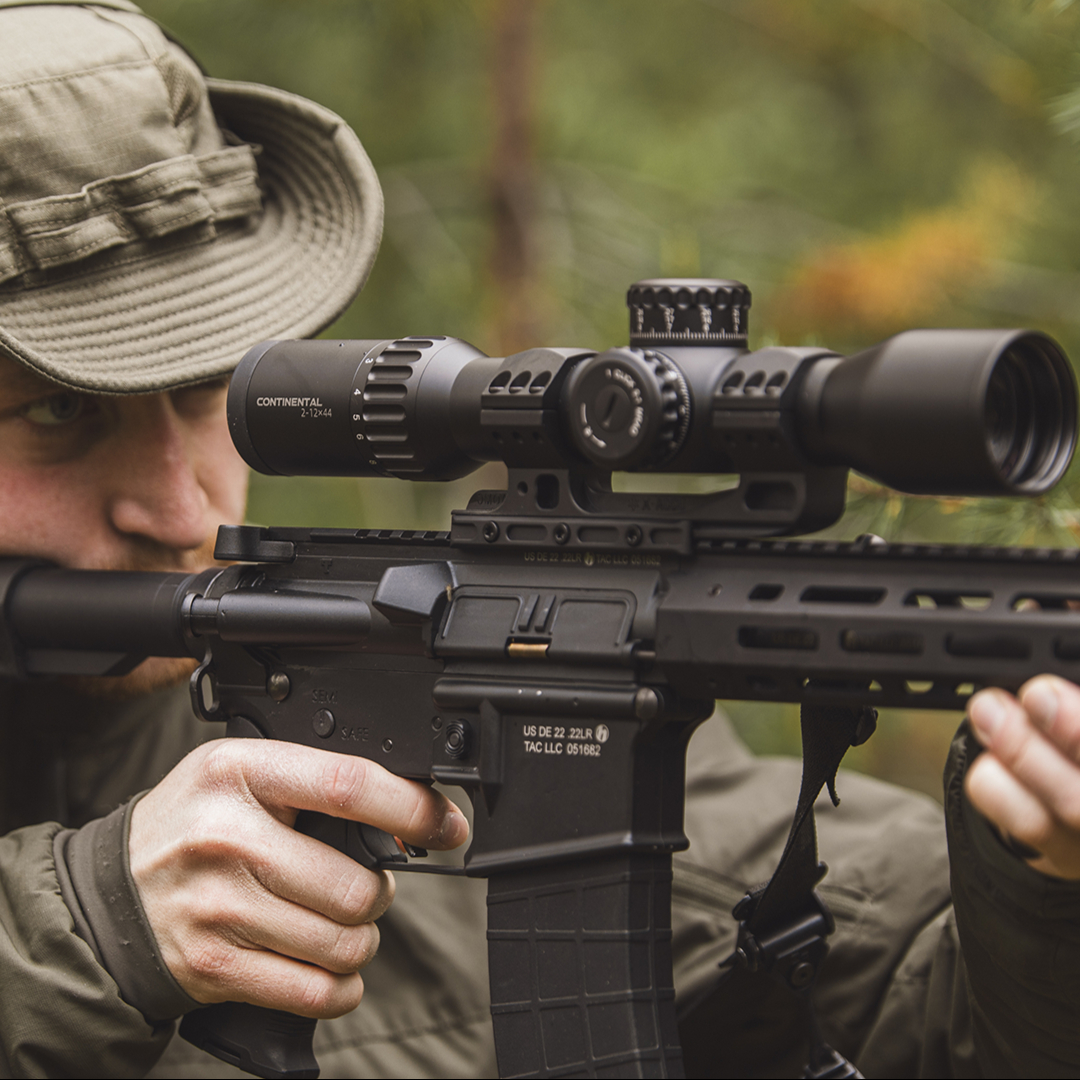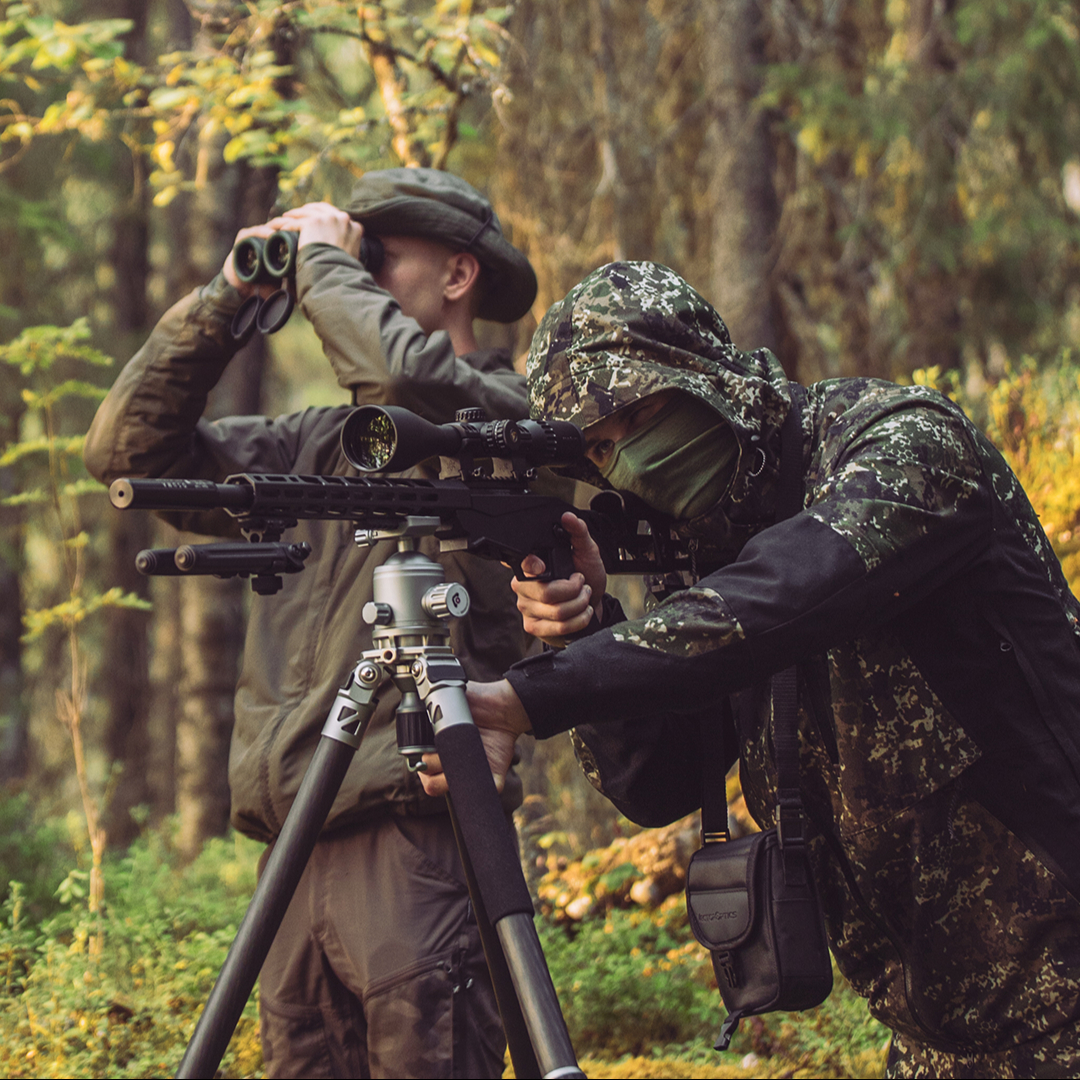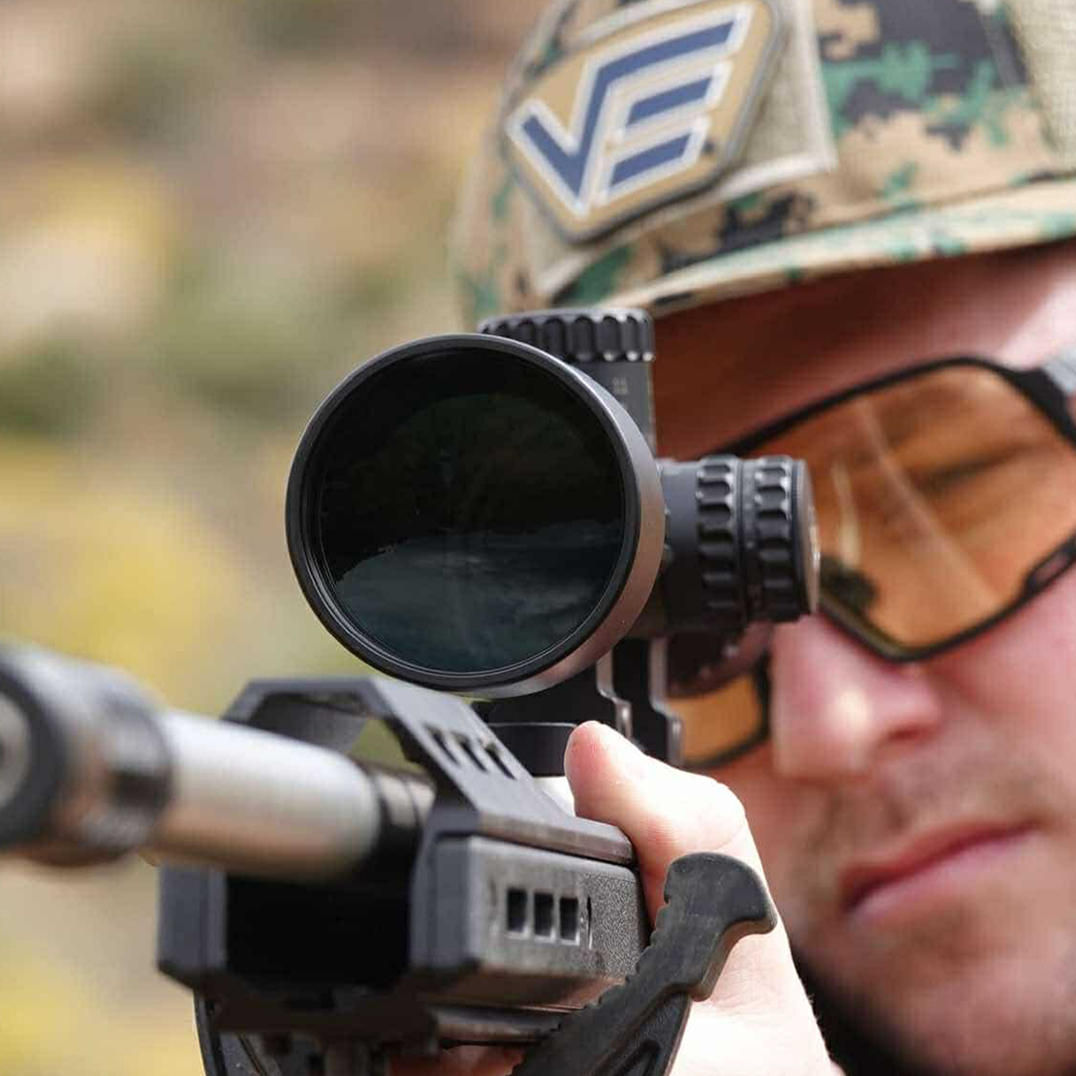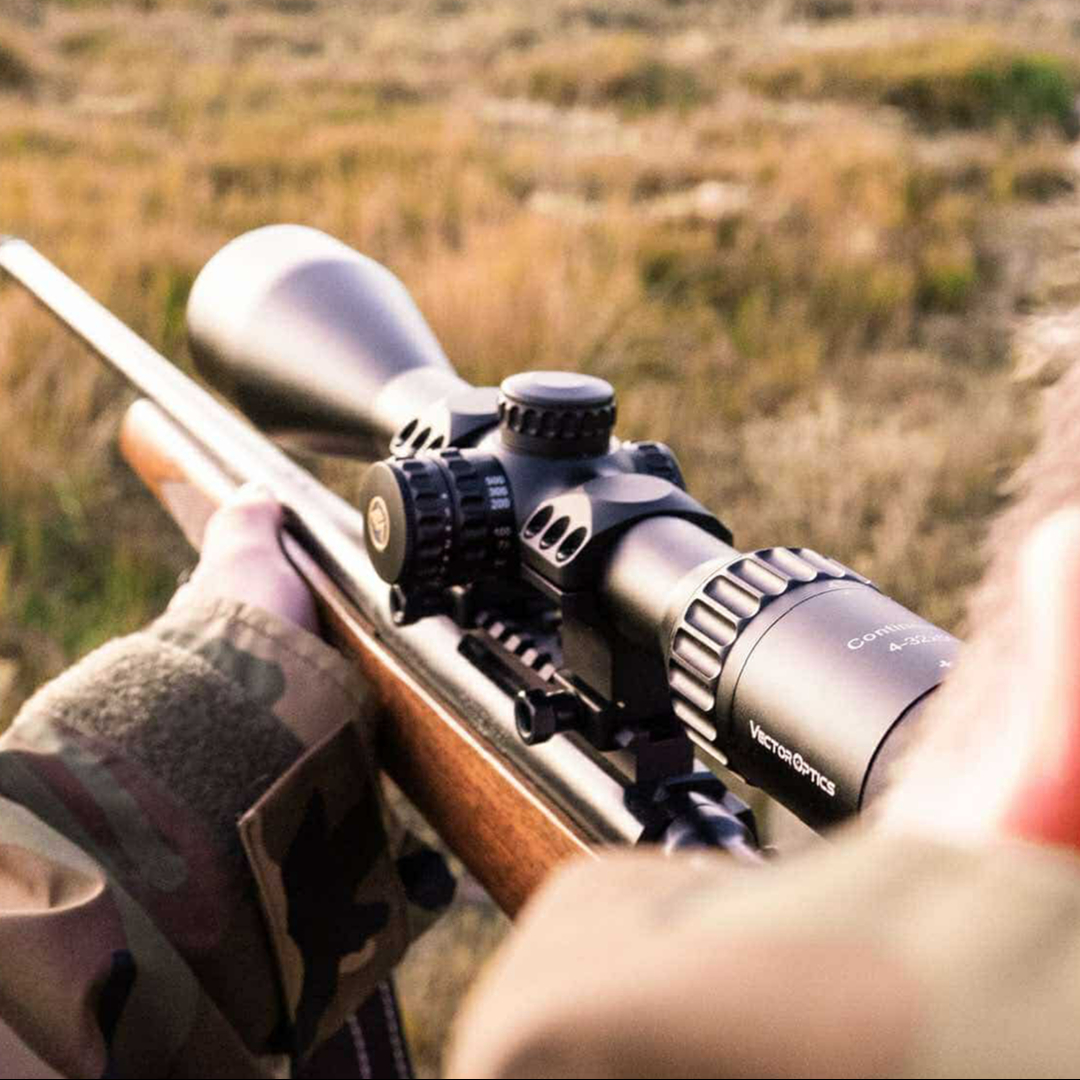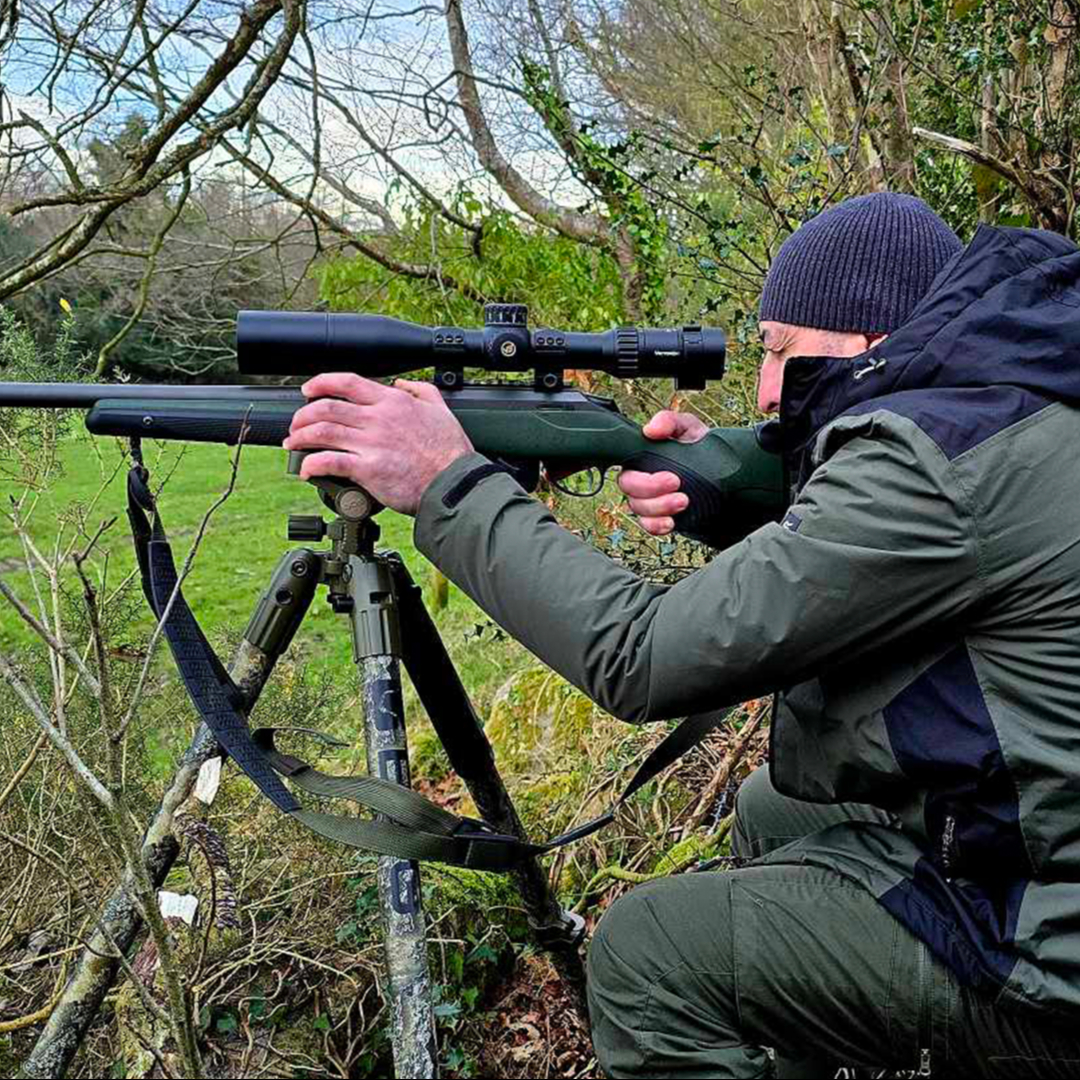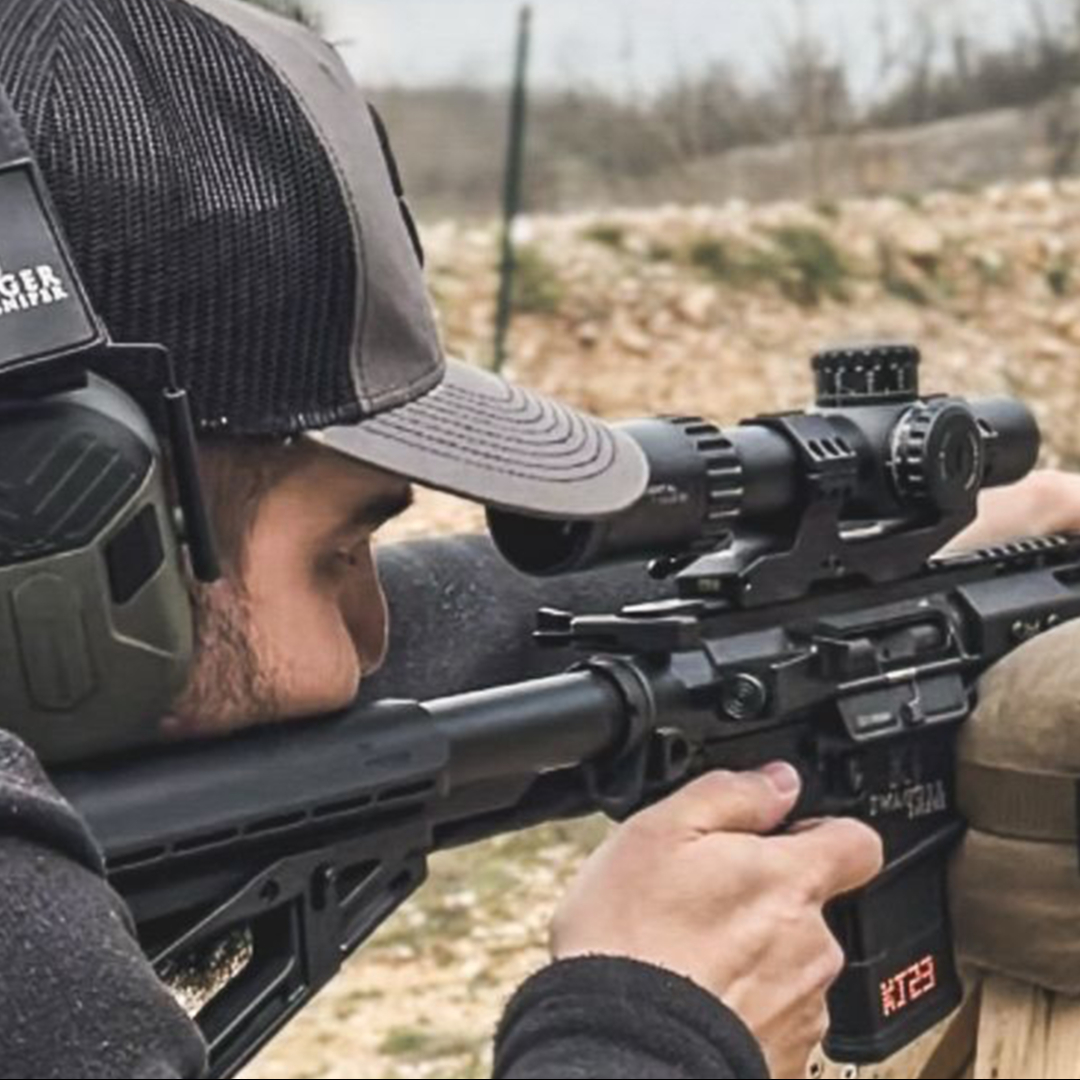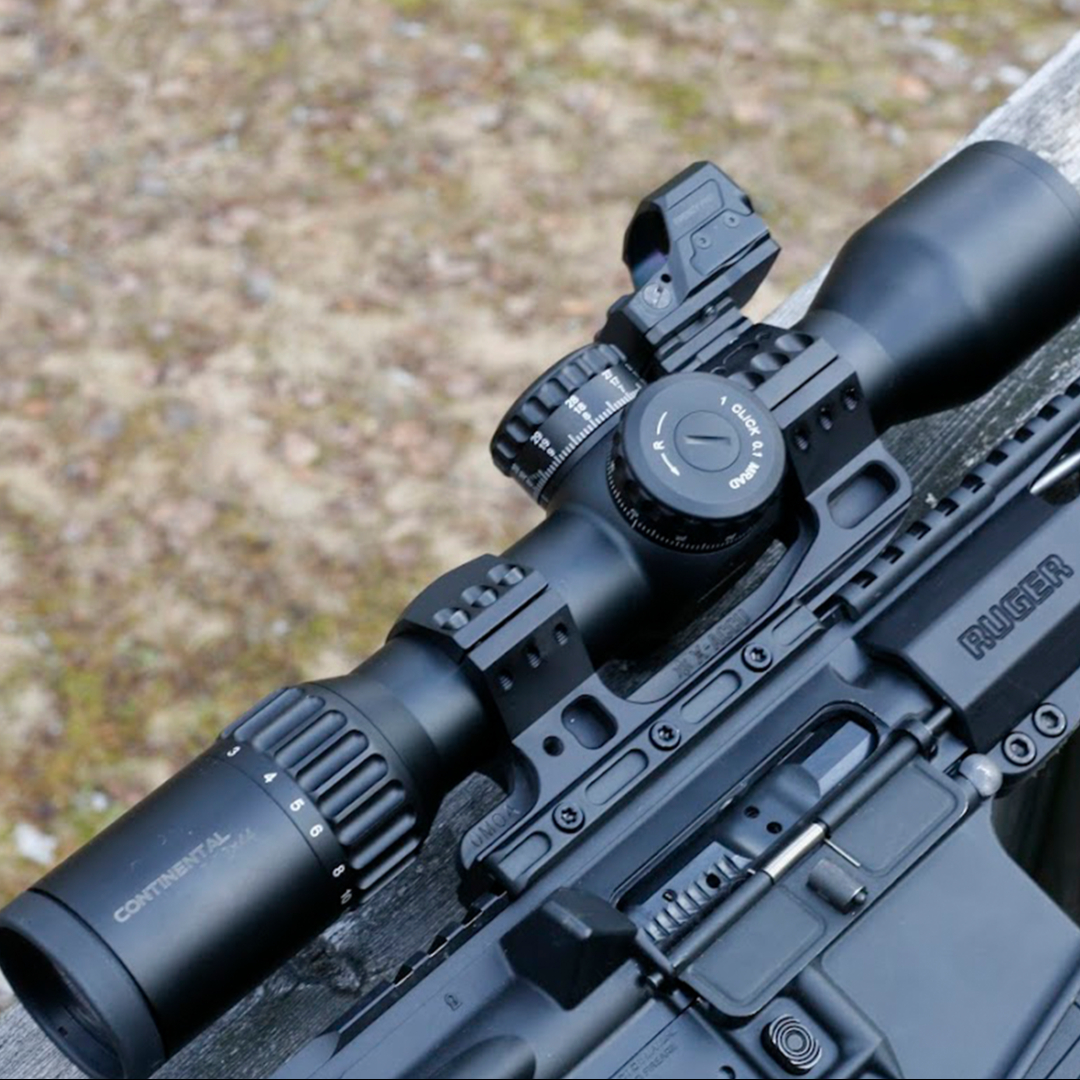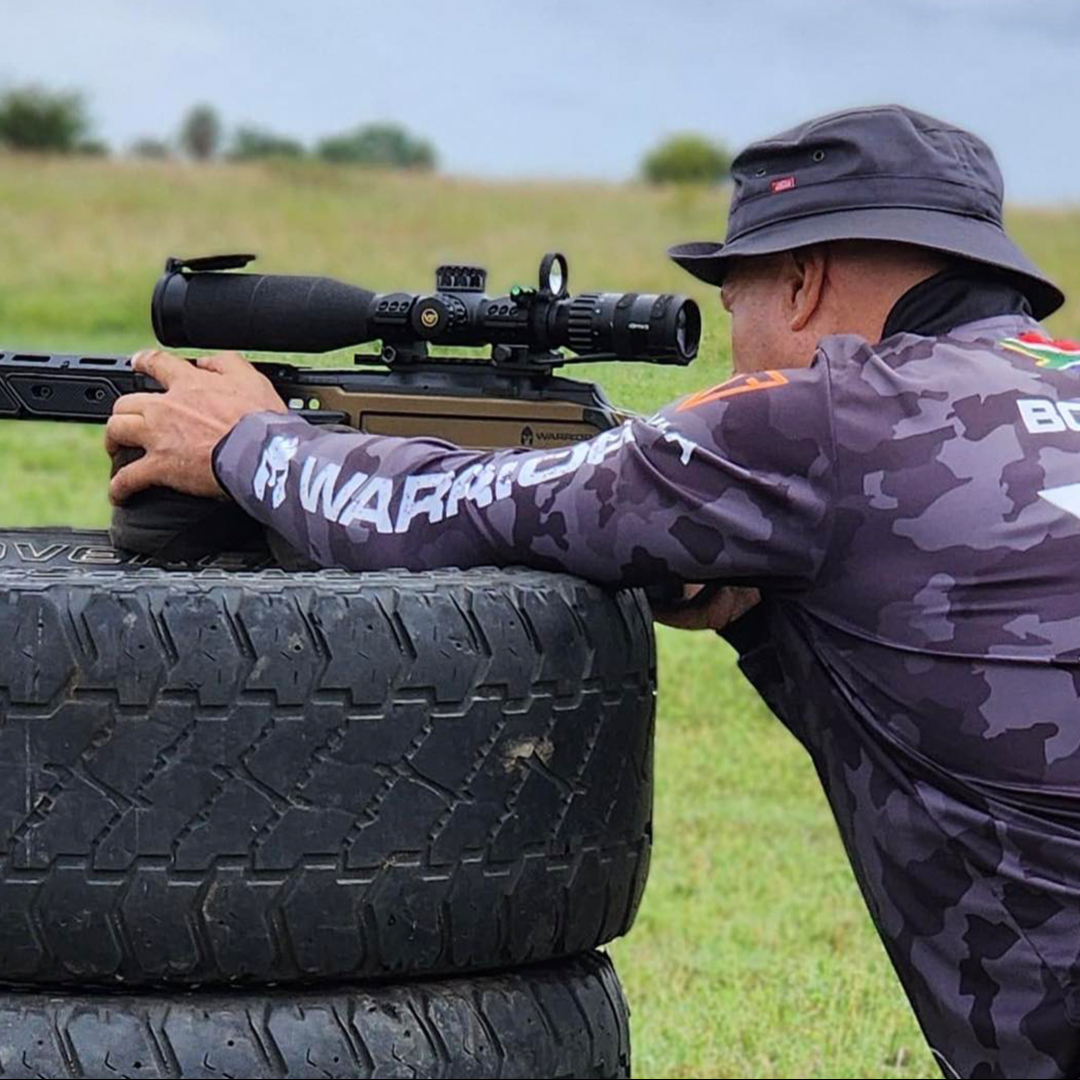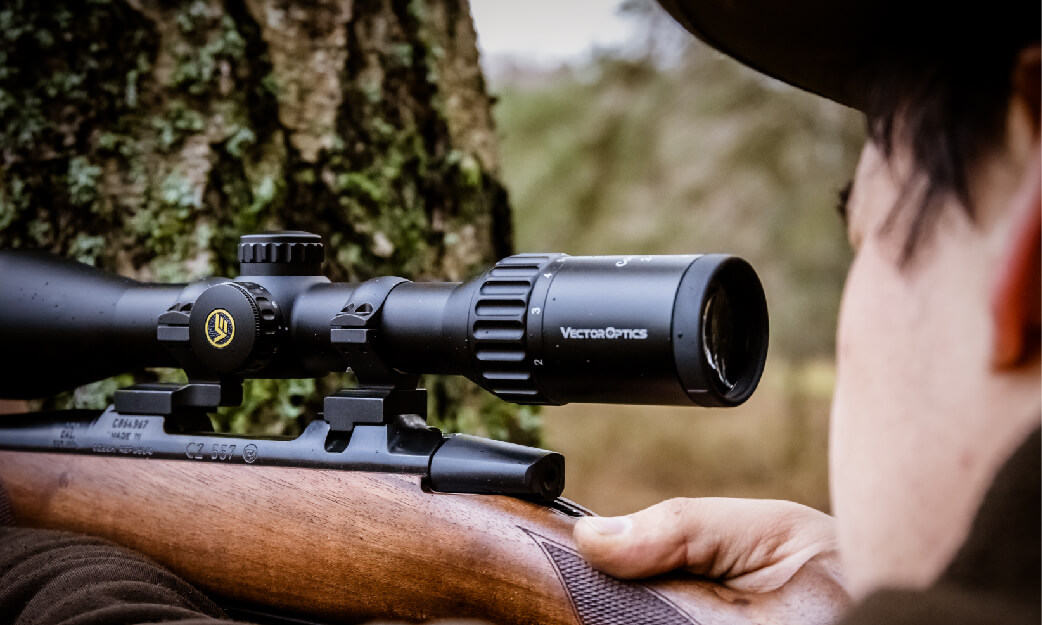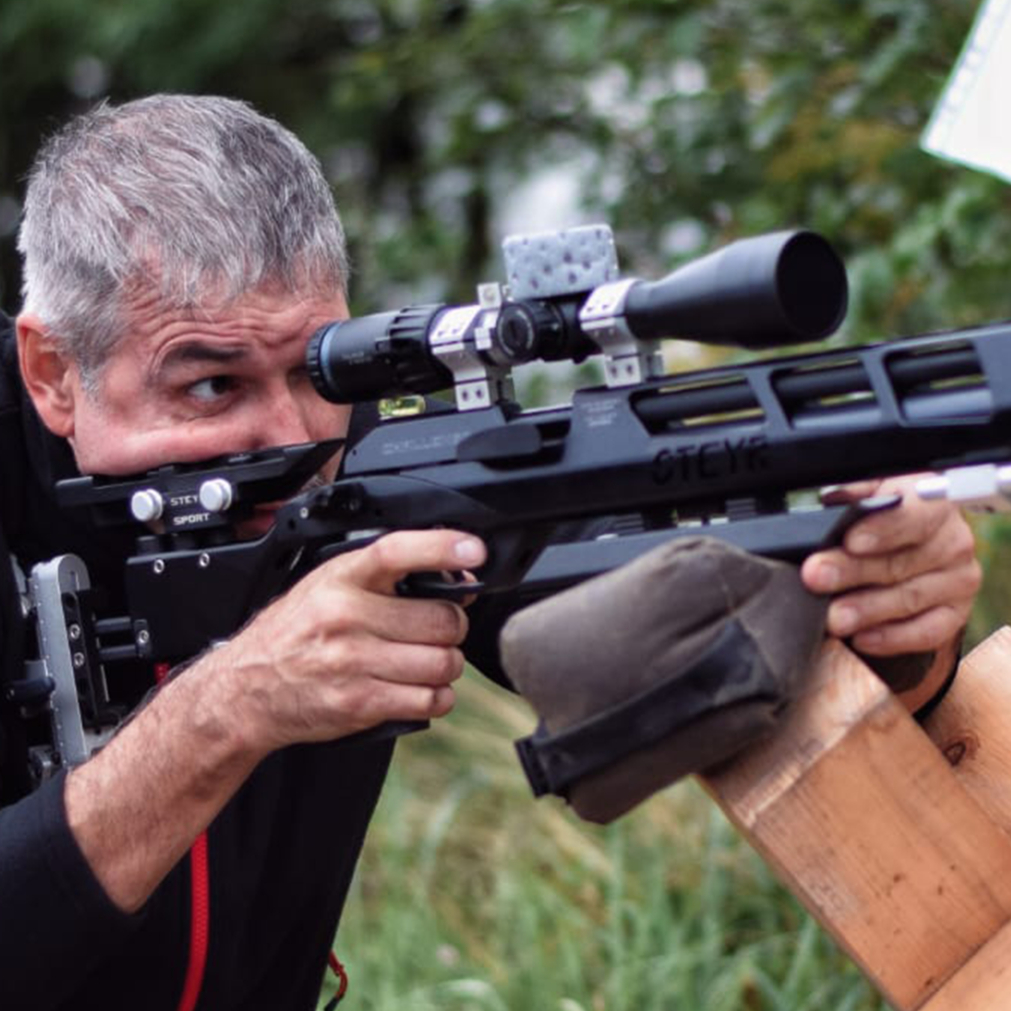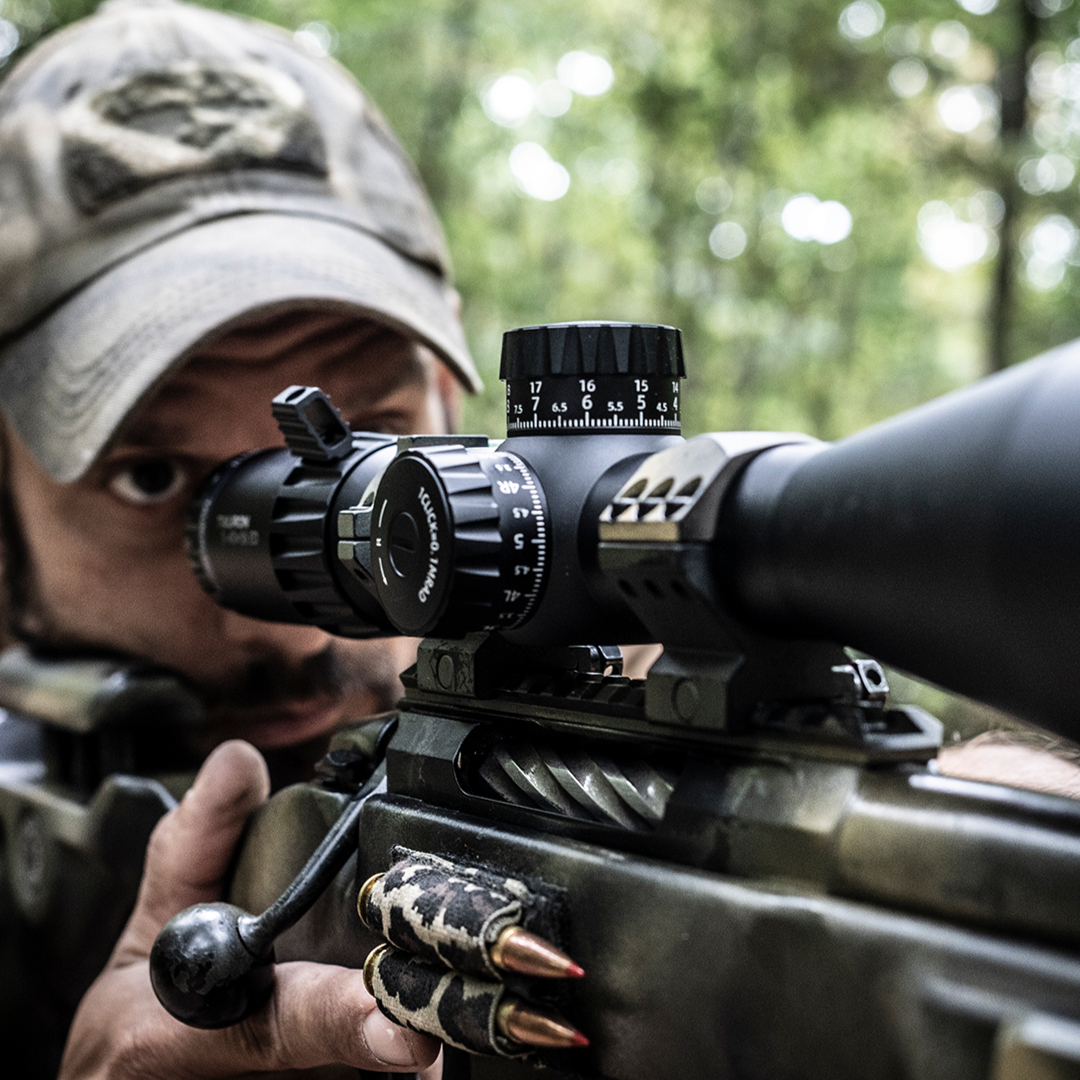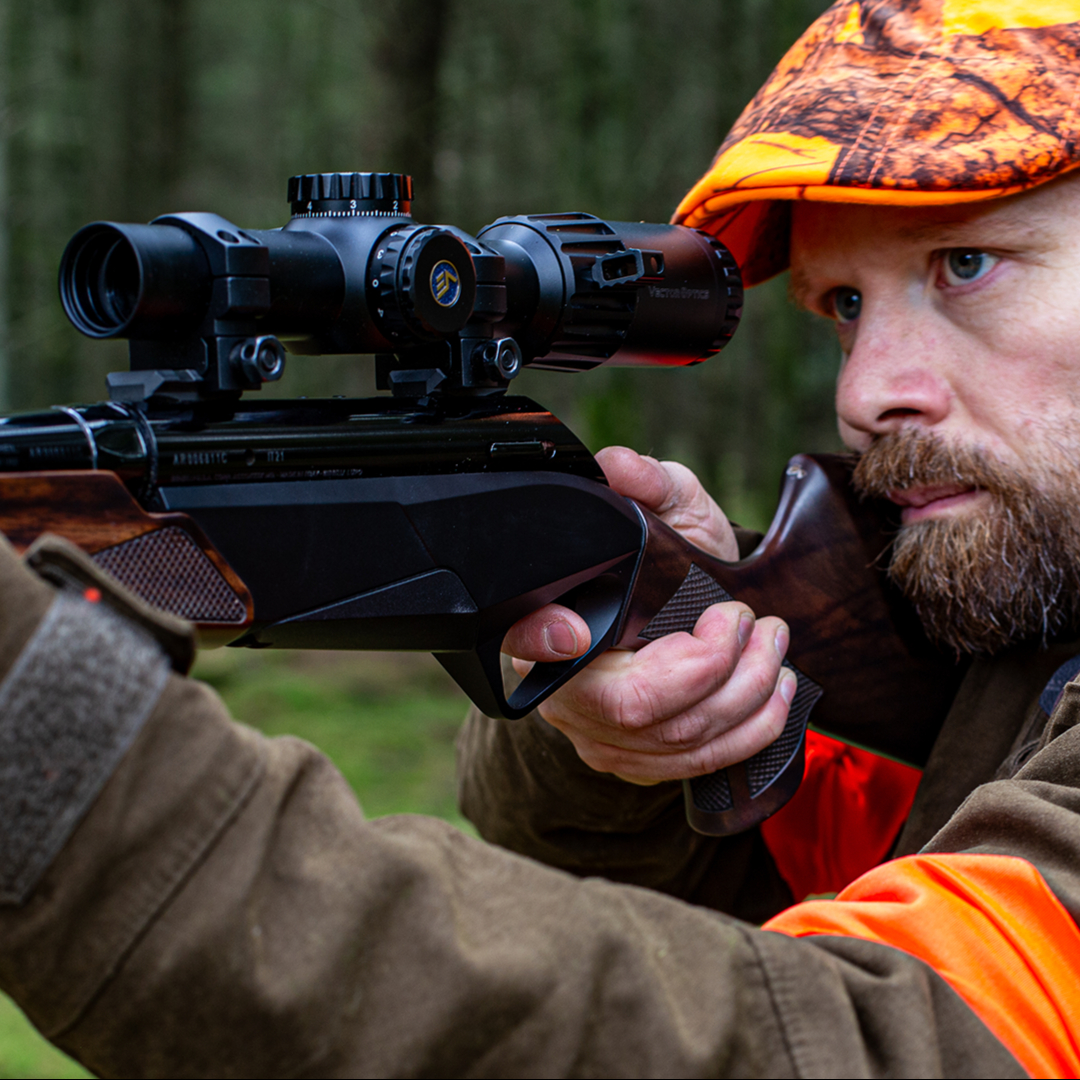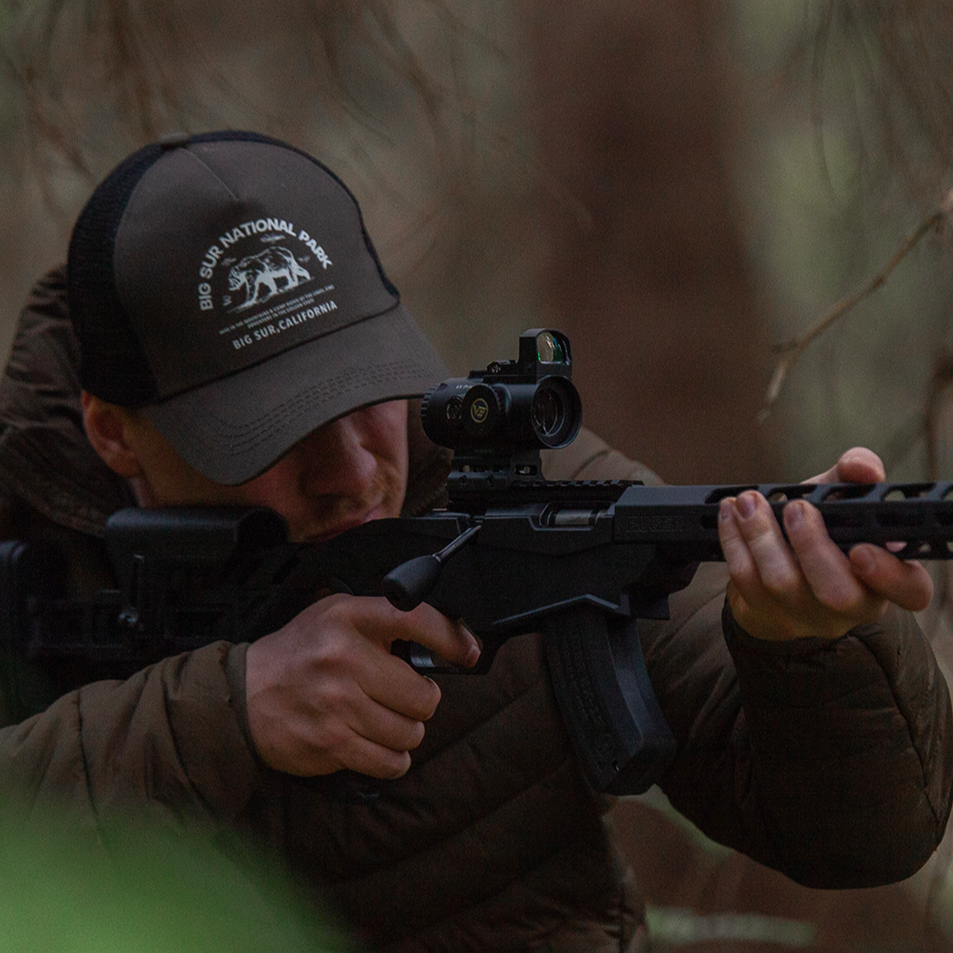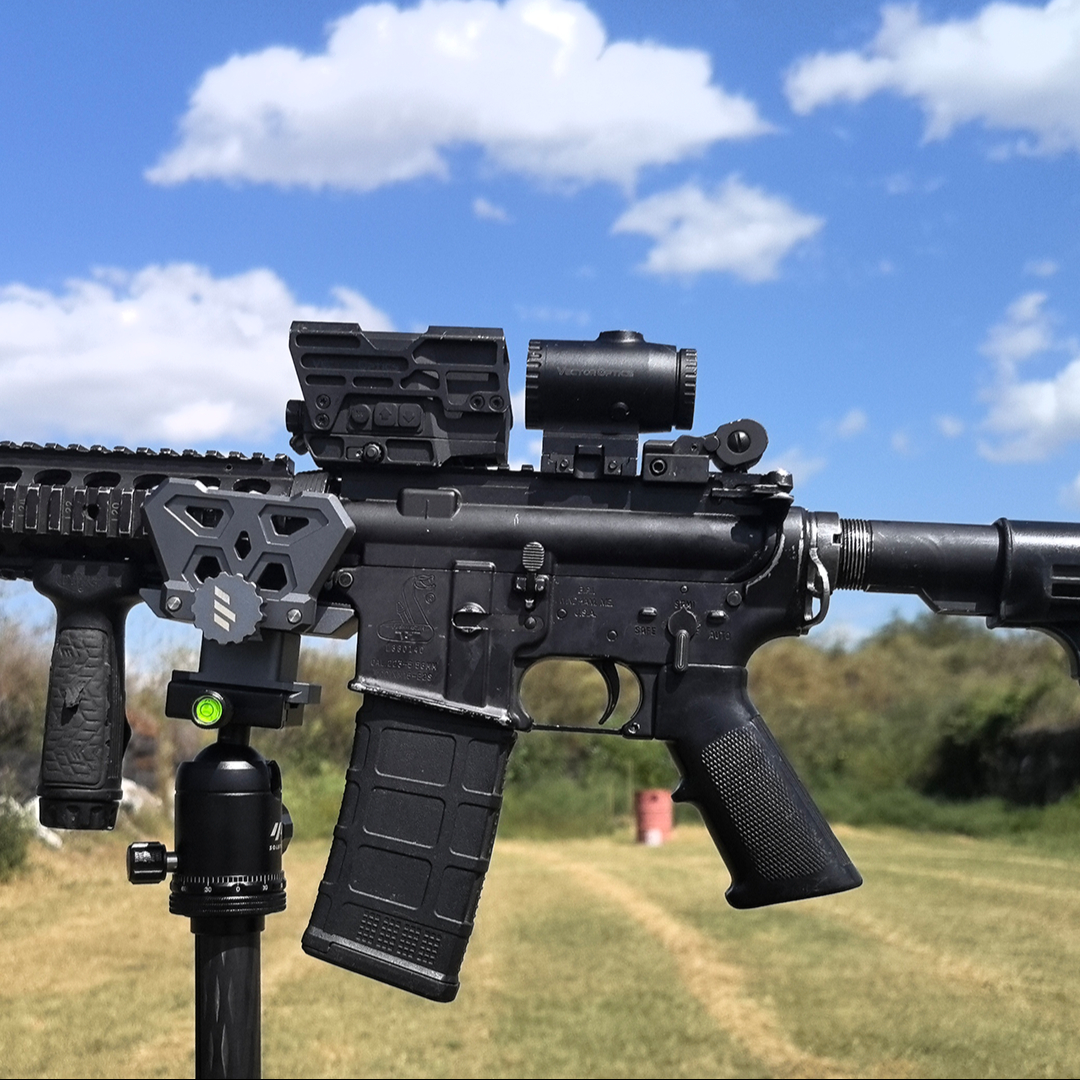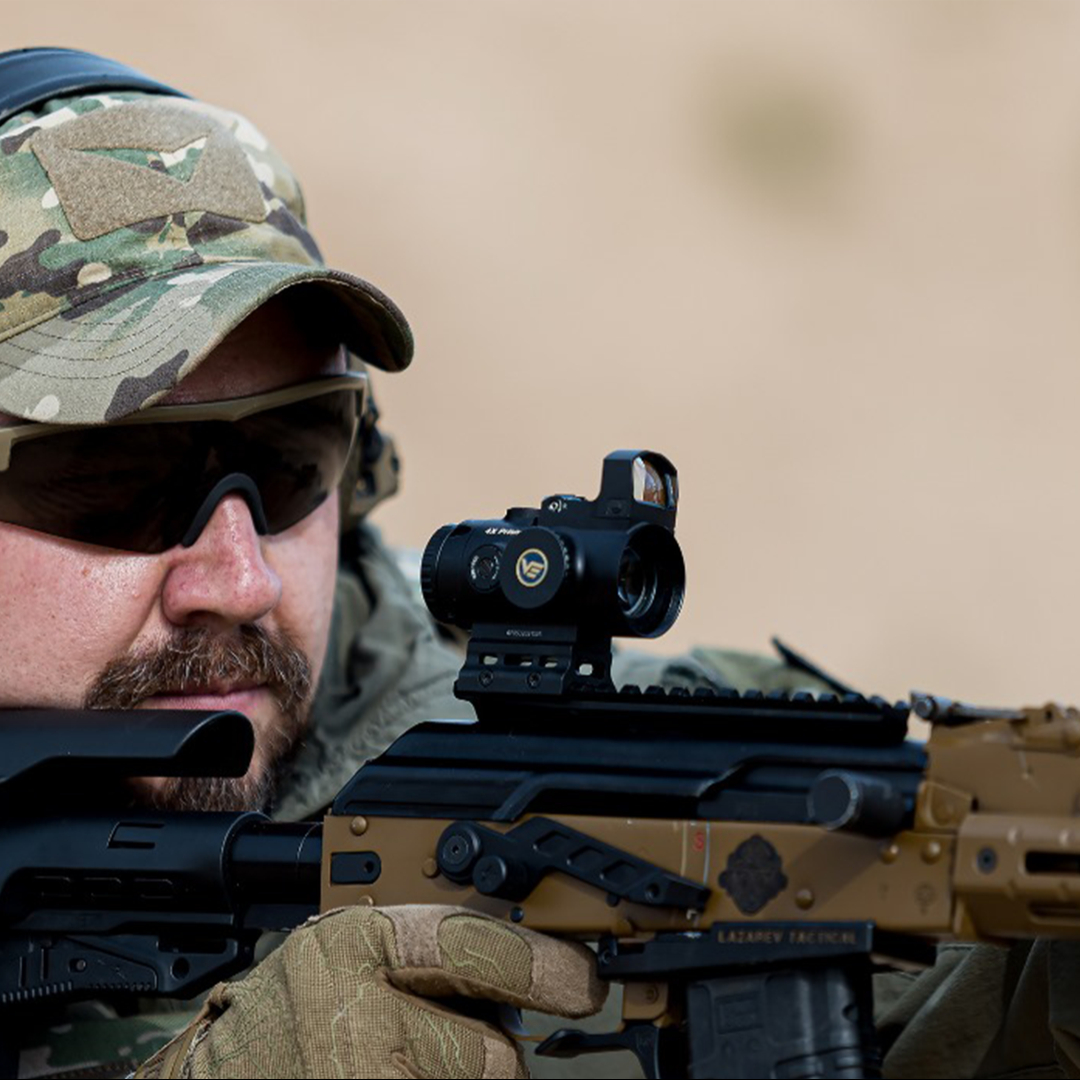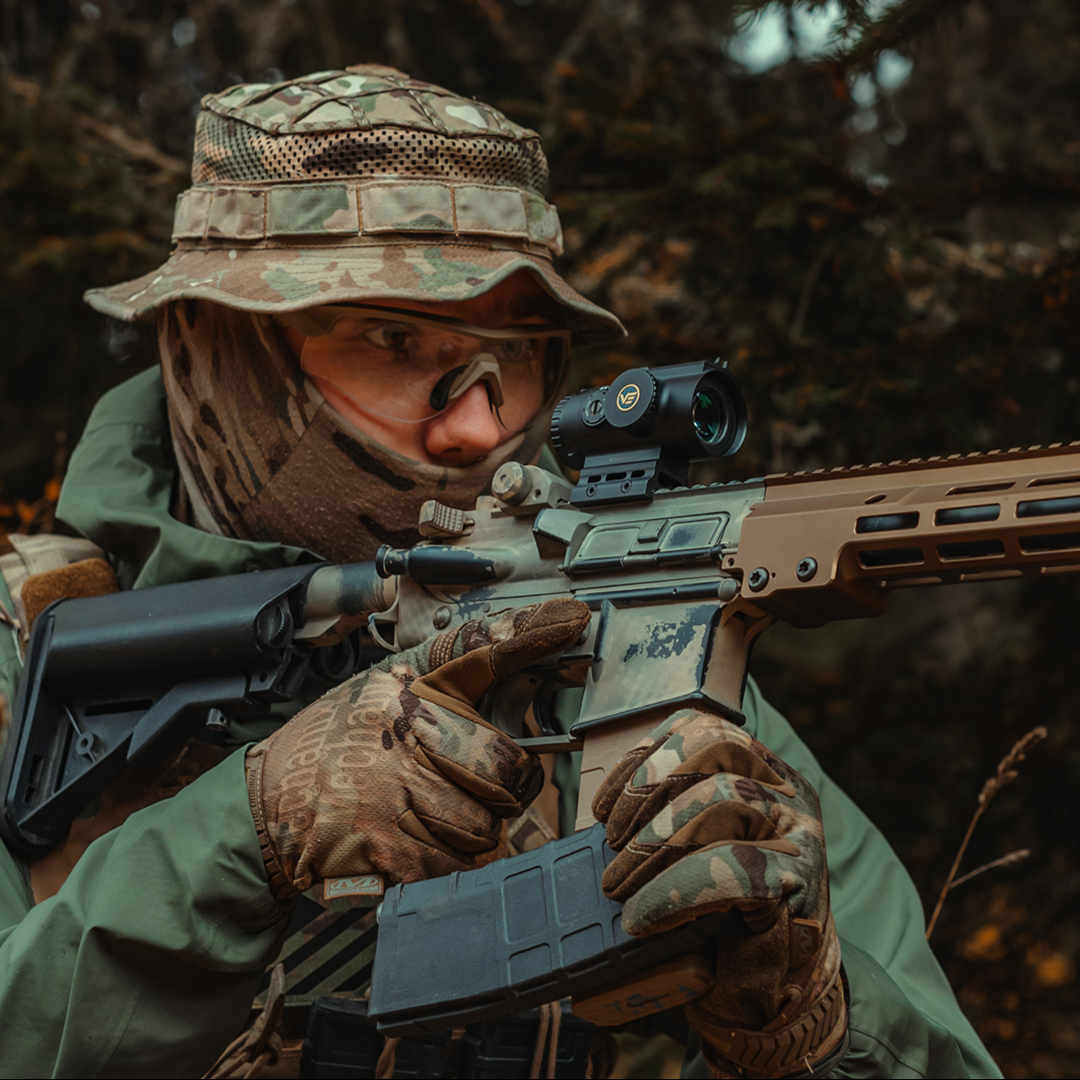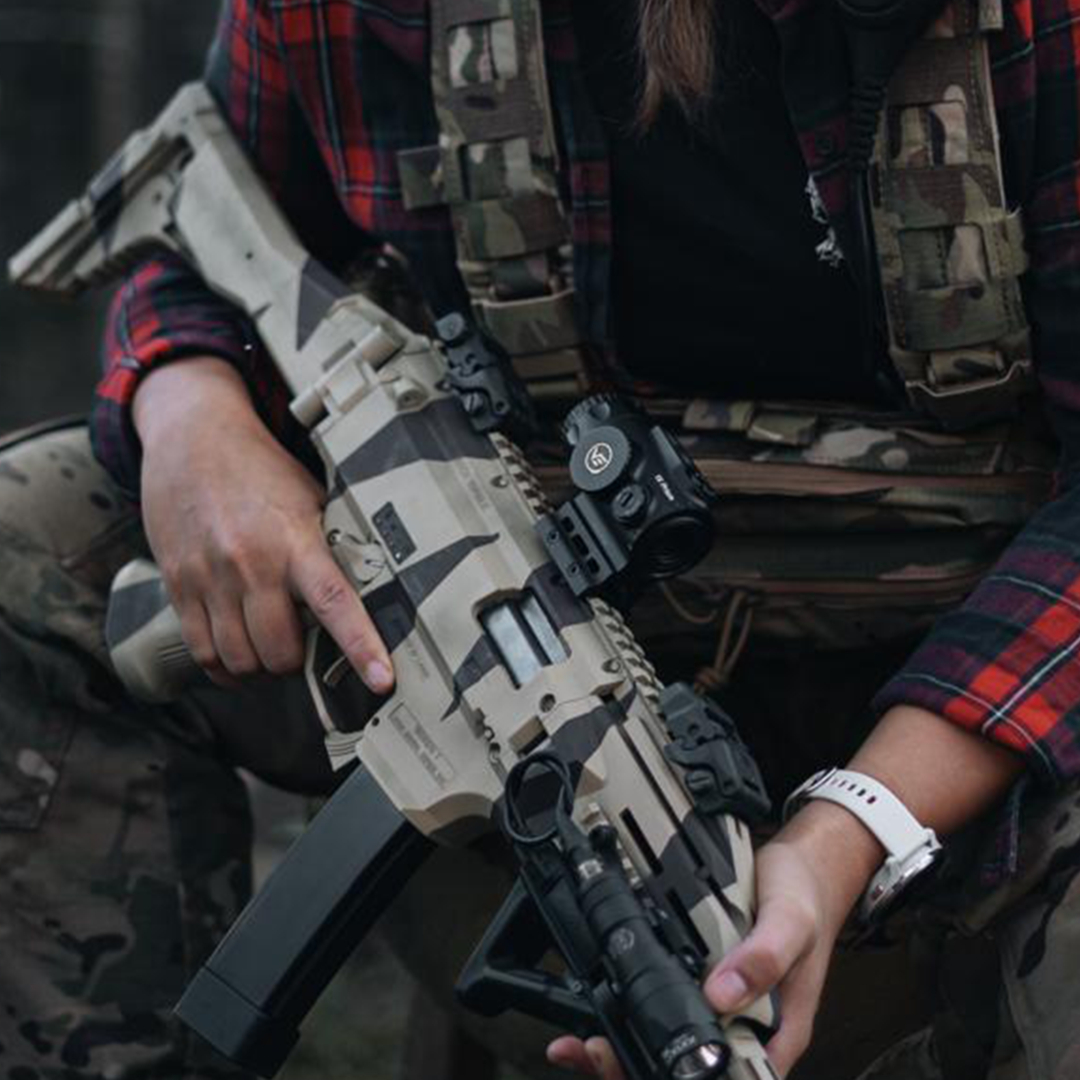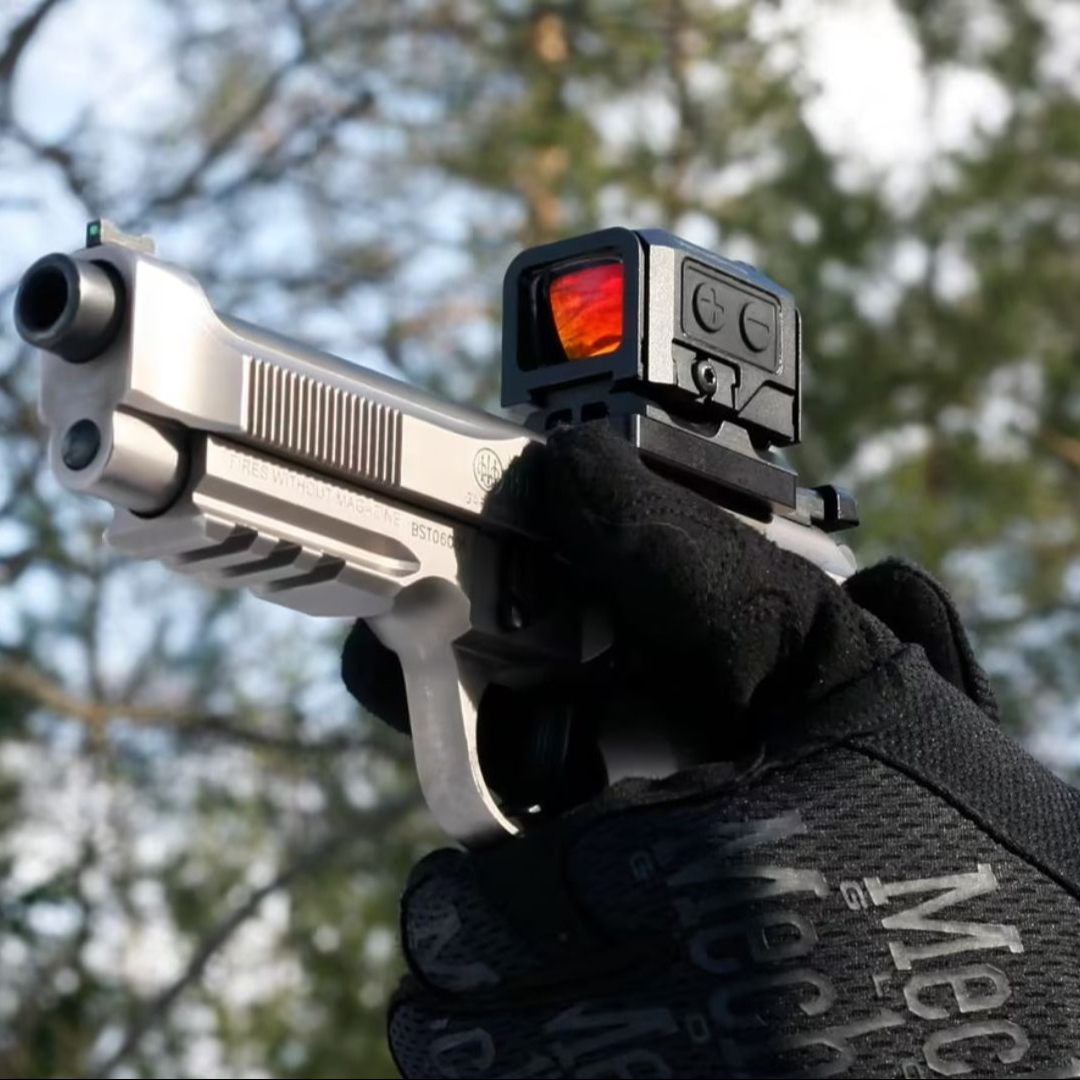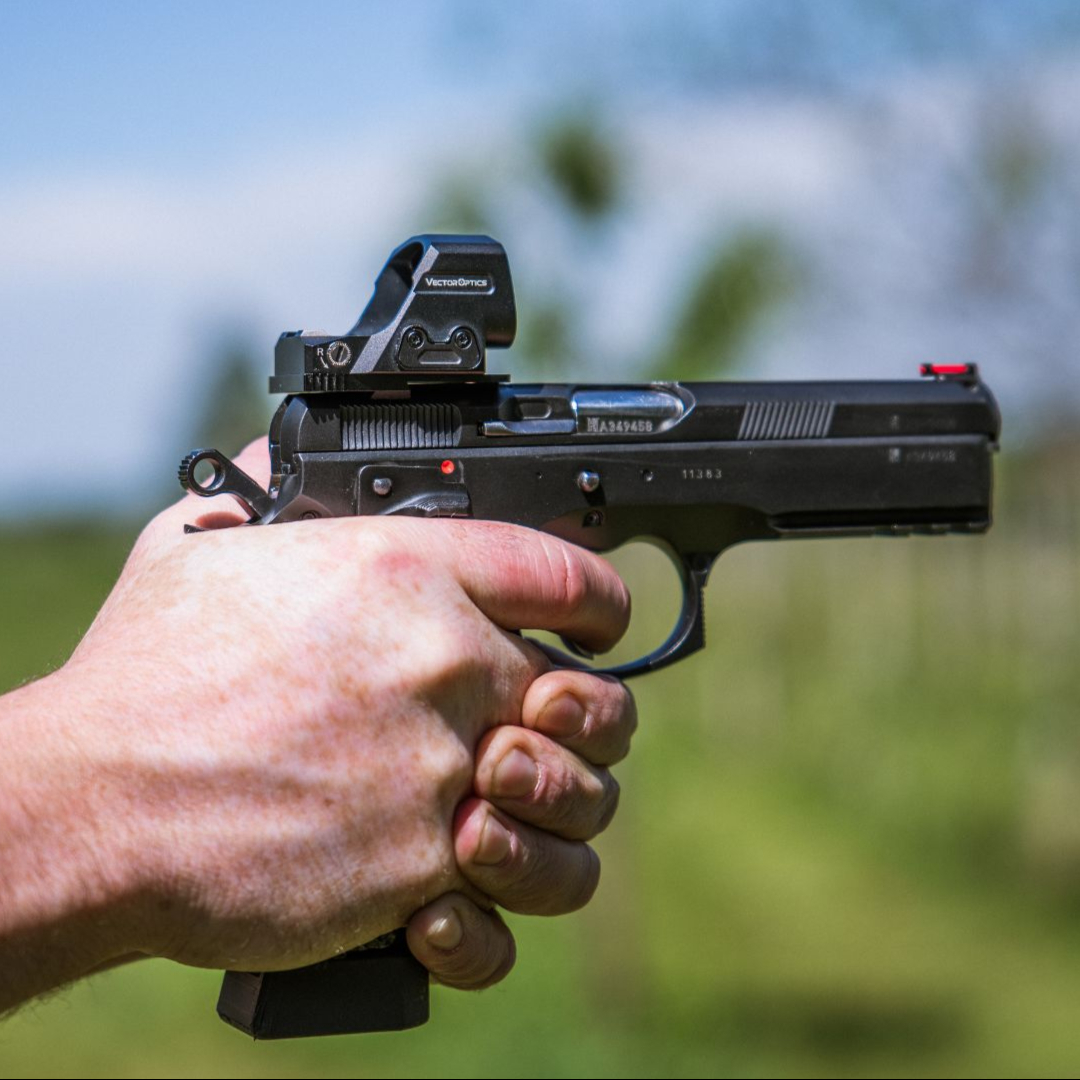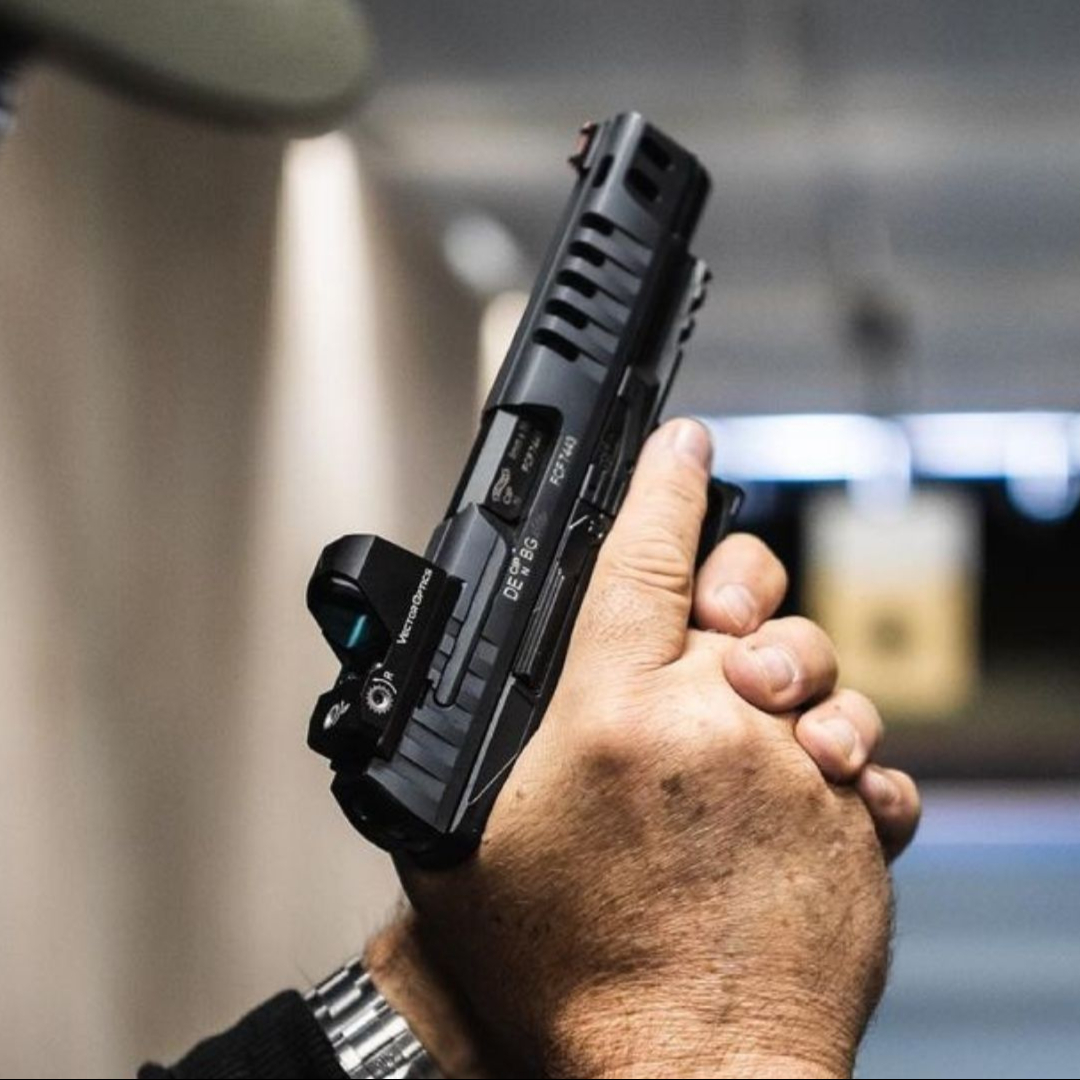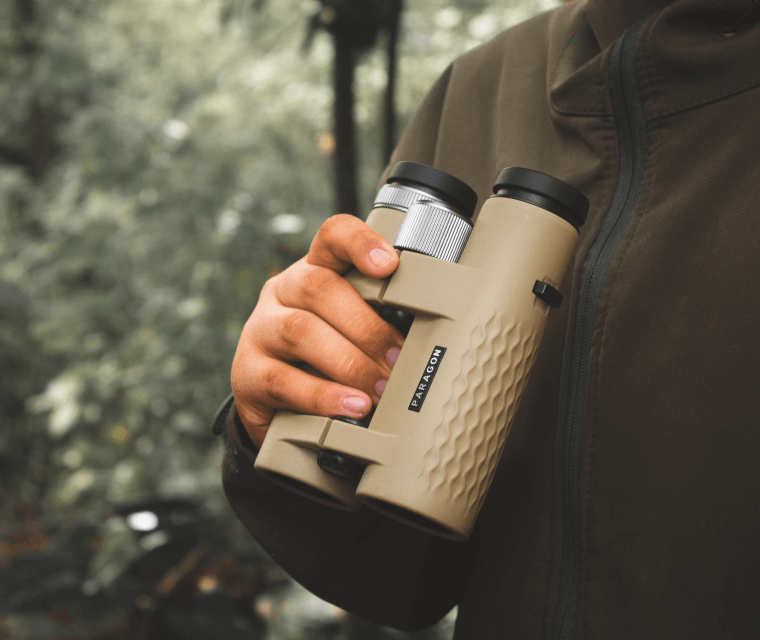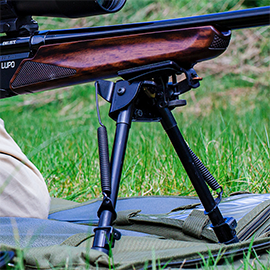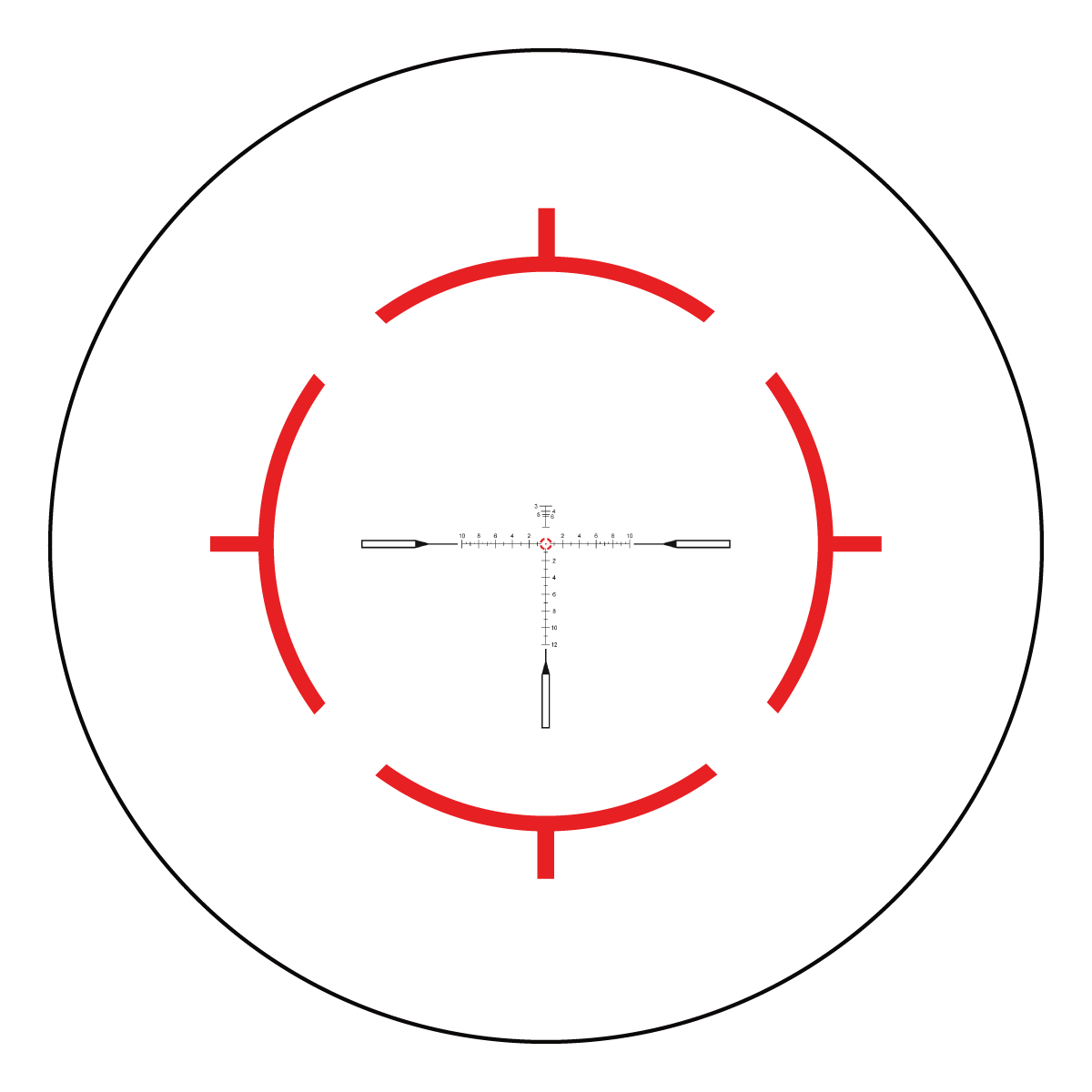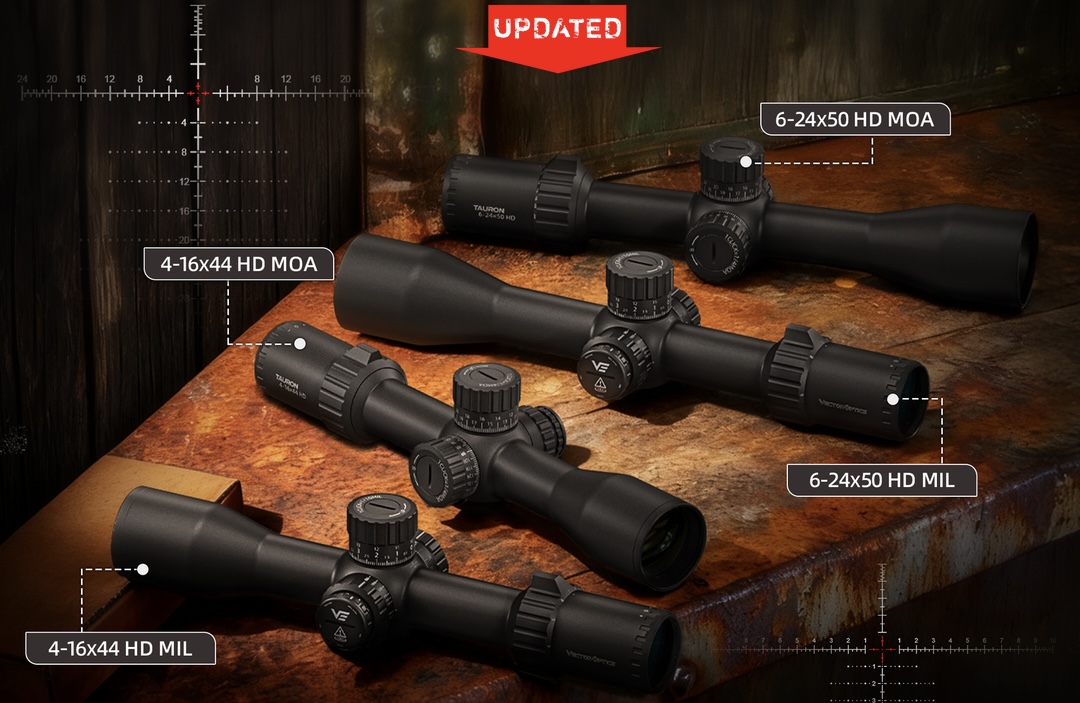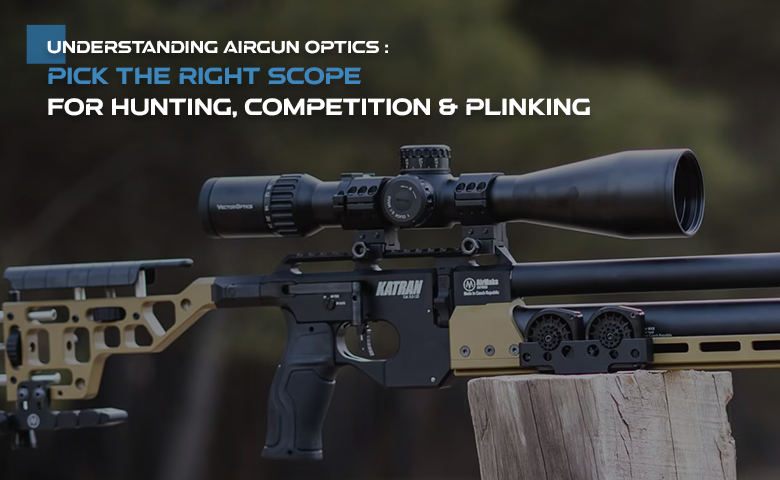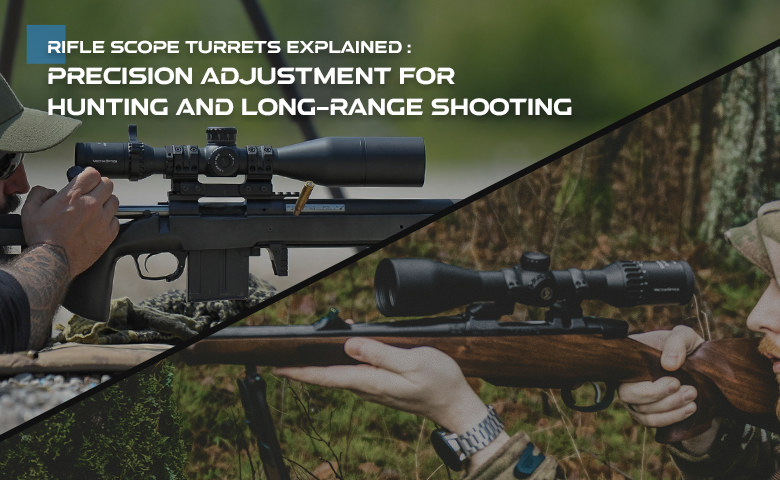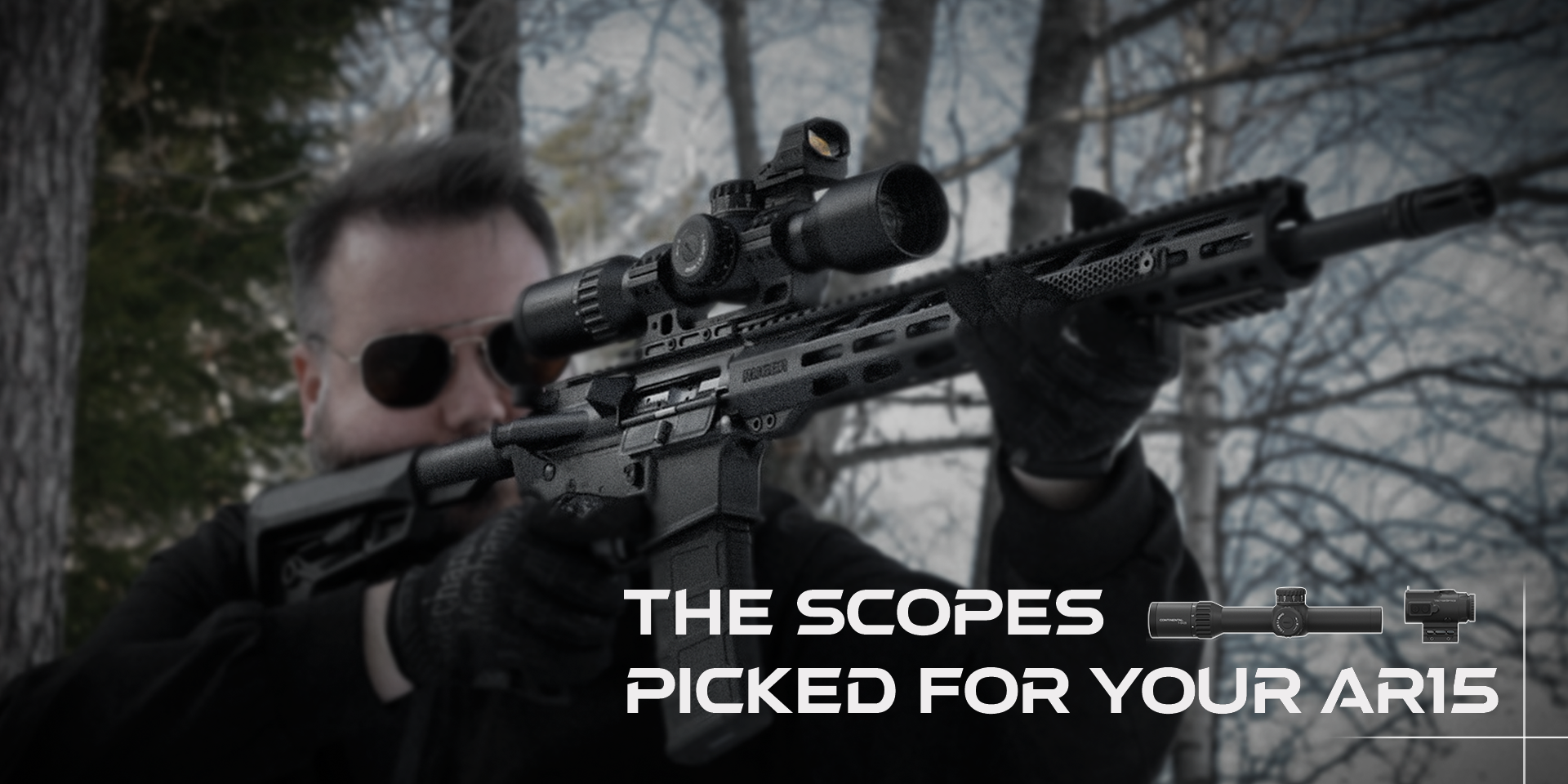What is Hunter Field Target (HFT)?
Hunter Field Target (HFT) is a competitive outdoor airgun sport that blends the traditions of hunting with the precision of target shooting. Originating in the UK, it has gained international popularity for its accessibility and realism.
Unlike Field Target (FT), which permits high-magnification scopes and turret adjustments, HFT emphasizes practical skills: judging distance by eye, using holdover, and adapting to terrain — much like real hunting.
Competitors shoot at knock-down metal silhouettes shaped like small game (rabbits, squirrels, crows, etc.) placed between 8–45 yards (7–42 m). The challenge lies in reading distance, wind, and light, as no electronic aids or scope adjustments are allowed once a lane begins.
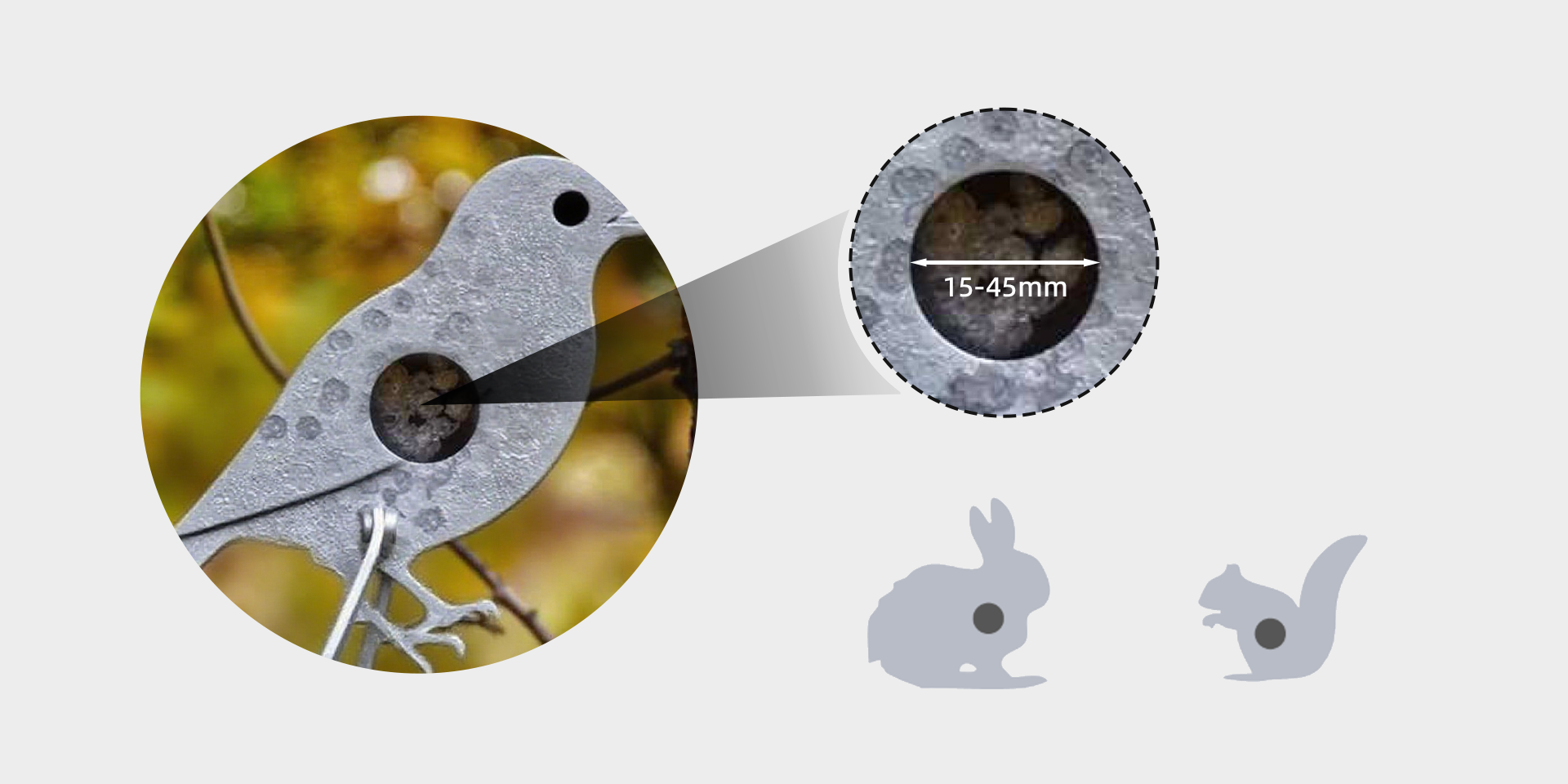
Course Layout
●Targets: 30 per course, typically set in woodland or open fields.
●Lanes: Each lane has a wooden peg; part of the shooter’s body or rifle must touch the peg during the shot.
●Distances: Targets are unmarked, positioned anywhere from 8–45 yards.
●Angles & Obstacles: Shots may be uphill, downhill, through foliage, or in shadow, simulating realistic hunting conditions.
Target Design & Scoring
●Faceplates: Metal animal silhouettes.
●Kill Zones: Circular holes, usually 15–45 mm in diameter.
●Scoring:
○2 points for knocking down the target
○1 point for a faceplate hit that doesn’t fall
○0 points for a complete miss
This system ensures every shot counts — even partial success can add to your score.
Equipment Rules
To keep the competition fair and realistic, HFT has strict equipment limits:
●Power: Capped at sub-12 ft-lb (≈16 J) in the UK.
●Rifles: Both springers (spring-piston rifles) and PCPs (pre-charged pneumatics) are allowed.
●Calibers:
○.177 (4.5 mm) is most common due to its flat trajectory.
○.22 (5.5 mm) and .25 (6.35 mm) may be used in .22 class.
Classes
Competitors are grouped to maintain fairness:
●Open Class – .177 PCP rifles
●Recoil Class – .177 spring rifles
●.22 Class – .22 or .25 PCP rifles
●Other Categories – Ladies, Junior, Veteran
Rifles can range from simple break-barrel springers to advanced electronic recoil-less PCPs, but the rules ensure that skill outweighs equipment.
Rangefinding in HFT
Since rangefinders and turret adjustments are banned, shooters rely on:
1.Parallax Error – With parallax fixed (commonly at 25 yards), targets closer or farther appear slightly blurred or shifted in the scope.
2.Bracketing – Comparing the size of known targets (e.g., a 40 mm kill zone) against reticle marks to estimate distance.
Shooters then apply holdover or hold-under instead of dialing turrets.
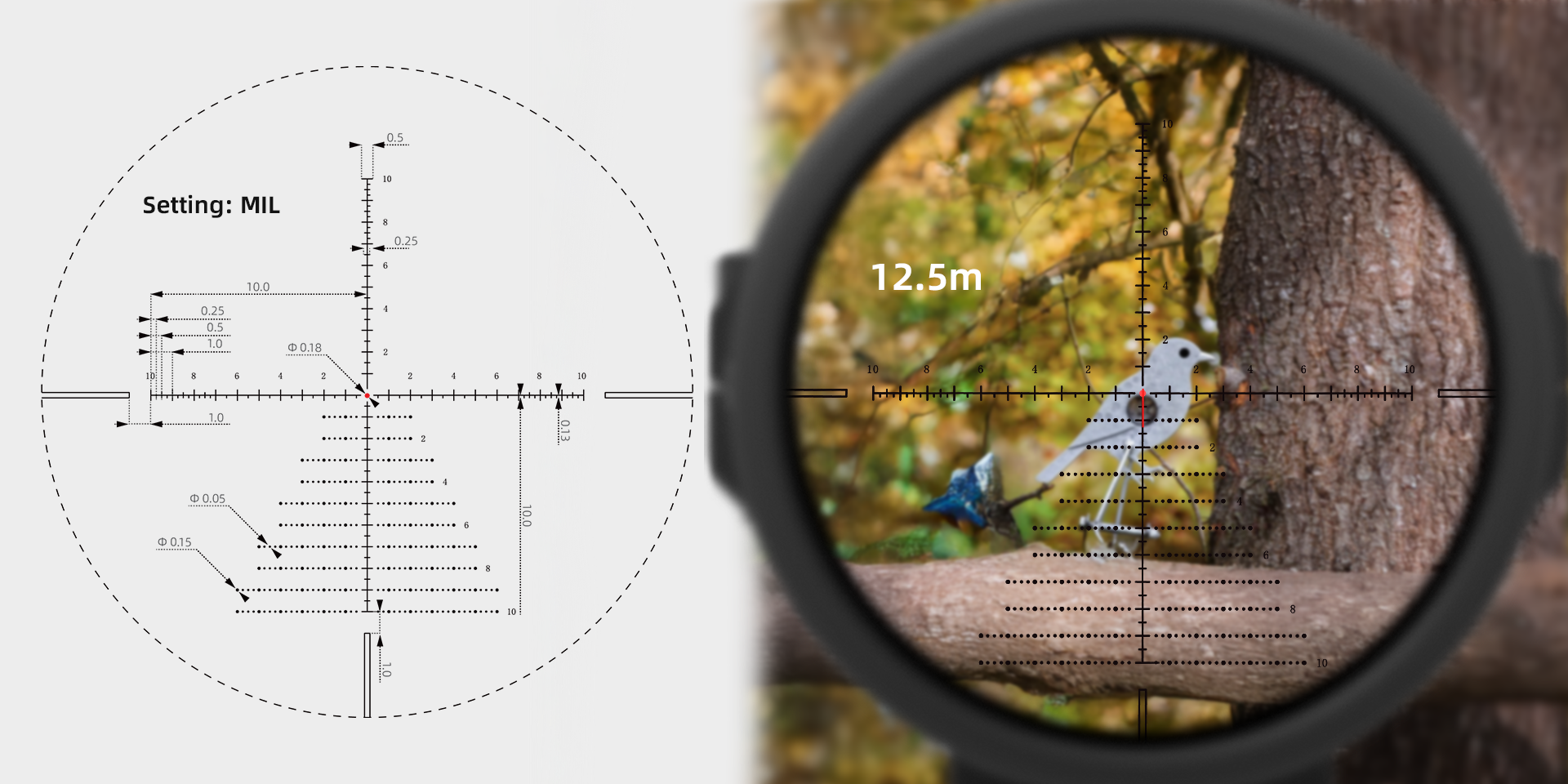
Shooting Positions
HFT mirrors natural hunting stances:
●Prone – Most common, stable, and accurate.
●Kneeling/Standing – Some lanes force these, adding difficulty.
●Peg Rule – Part of your body or rifle must touch the peg while shooting.
Competition Flow
●Timing: 2–3 minutes per lane.
●No Adjustments: No turret clicking, magnification changes, or parallax tweaks mid-course.
●Key Skills: Preparation, consistency, and reading conditions matter more than high-end gear.
Common Challenges
●Distance Estimation – No rangefinders allowed; competitors must judge by eye or reticle.
●Fixed Setup – Magnification and parallax remain unchanged, so blurred images may complicate rangefinding.
●Terrain Tricks – Targets placed on slopes, in shadows, or among trees can deceive depth perception.
●Time Pressure – With just 2 minutes per lane, break-barrel rifles require quick discipline.
Hunter Field Target (HFT) is one of the most accessible and rewarding airgun disciplines. With modest equipment, a solid grasp of the rules, and regular practice, anyone can step onto a course and compete on equal terms. Unlike Field Target (FT), which emphasizes fine technical adjustments and specialized optics, HFT shifts the challenge back to the shooter — making every hit feel like a true hunting shot.
Choosing a Scope for HFT
Competition rules place certain restrictions on optics, so it’s important to understand what works best:
Magnification
●Most competitors use a mid-power variable optic (MPVO) in the 2–12× or 3–9× range.
●Magnification must not exceed 12×, whether fixed or variable. Shooters usually settle between 7–12×, with 9× or 10× being common choices for consistency.
●Once the match starts, magnification stays fixed for the entire course.
Second Focal Plane (SFP)
●SFP scopes are generally preferred.
●Since magnification remains unchanged, shooters rely on parallax and reticle holdover rather than turret adjustments.
Parallax
●Parallax must be set before shooting begins — no adjustments mid-course.
●Many competitors choose a fixed setting around 25 yards/meters, which balances clarity at near and far targets.
Reticles
●Simple designs, such as mil-dot, are ideal for bracketing and holdover.
●Complex reticles (e.g., “Christmas tree” or tactical grids) are unnecessary — HFT rewards simplicity, consistency, and repeatable aiming points.
Glass Quality
●Good glass enhances distance estimation and overall target visibility.
●A brighter, clearer image is especially helpful in shaded or low-light conditions.







